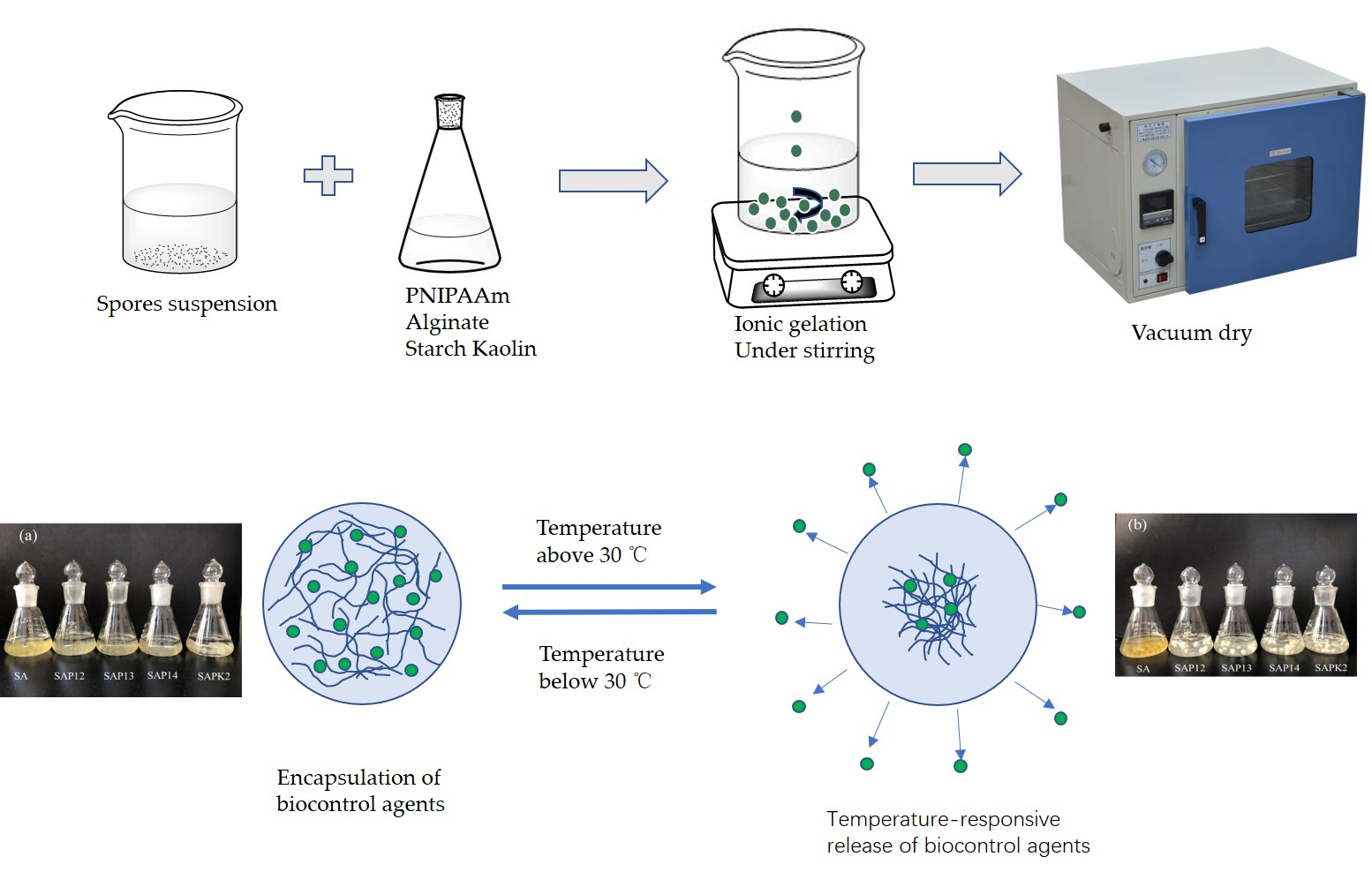

For instance, theoretical modelling studies of biocontrol of both foliar and soil borne diseases indicated the importance for BCAs to be able to colonise effectively susceptible healthy host tissues (Jeger et al.

2010 Juroszek and von Tiedemann 2011 Xu and Jeger 2013a, 2013b), there is limited information on the fate of biocontrol organisms under natural conditions. Despite the recognition of the importance of ecological knowledge in biocontrol agents (BCAs) for predicting and optimising biocontrol (Xu et al. The complex ecological processes involved in biocontrol of crop diseases have been often cited to explain the lack of biocontrol success as well as the variable biocontrol efficacy achieved. greenhouse crops and produce in post-harvest stores.

2018), most successes being achieved under more controlled conditions, e.g. In biocontrol of plant diseases, the focus is usually on the augmented introduction of antagonists to control diseases.ĭespite extensive research and development in biocontrol of plant diseases, success in biocontrol of plant diseases in field crops has been limited (Barratt et al. Several mechanisms are possible for biocontrol, including direct parasitism, competition for resources (nutrients and host sites), antibiosis and induced resistance (Whipps 1992 Elad 2003). The biological control of plant pathogens involves the use of non-pathogenic (or weakly pathogenic) microbes to control pathogens. By the same reasoning, a faster host growth rate will reduce biocontrol potential if BCA cannot keep up with host growth in terms of coverage: increasing BCA aggregation essentially leads to decreased effective coverage. Thus, the present simulation study illustrates the importance of ensuring a close-to-homogeneous distribution of BCA propagules for maximising biocontrol potential. Spatial aggregation of BCAs is more important than spatial heterogeneity in influencing biocontrol potential. A spatially random distribution of BCA propagules is most likely to result in best biocontrol outcomes. Under a given inoculum density, increasing spatial aggregation of BCAs is not only likely to reduce biocontrol potential but also to increase variabilities in biocontrol outcomes. The simulation showed that, as expected, increasing the biocontrol propagule density led to increased biocontrol potential. In this simulation study, we focused on the effects of the spatial aggregation of initial pathogen and biocontrol propagules (inocula) under spatially homogeneous and heterogeneous conditions on biocontrol potential. Understanding the ecological characteristics of BCAs in addition to biocontrol mechanisms and direct biocontrol efficacy, including their survival and dispersal under heterogeneous conditions, is critically important to improve biocontrol efficacy. The ecological processes determining the success of biocontrol are complex, which may partly explain the limited success of biocontrol against plant diseases in field crops. Effective use of biocontrol agents (BCAs) is a potentially important component of sustainable agriculture.


 0 kommentar(er)
0 kommentar(er)
